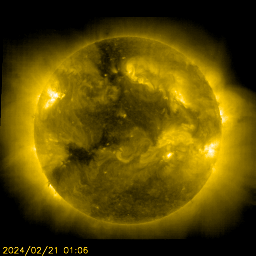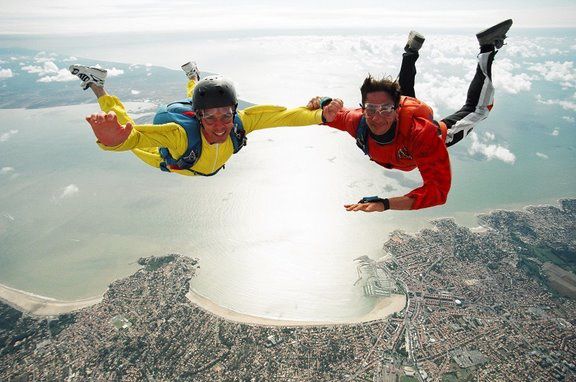
Le 13 novembre nous vous annoncions une forte hausse de l'activité d'ISON, celle-ci vient de marquer une nouvelle augmentation d'activité d'un facteur 10.
Dans la nuit du 13 au 14, Emmanuel Jehin et Cyrielle Opitom de l'Université de Liège ont poursuivi leurs observation avec le télescope Trappist basé à la Silla. Ils ont constaté un nouveau sursaut d'activité de la comète ISON. « Cette nuit la comète a pris pas loin d'un facteur 10 en quantité de gaz éjecté et de la poussière est aussi expulsée », rapporte Emmanuel Jehin.
Ce phénomène est normal lorsqu'une comète se rapproche du Soleil. Le rayonnement de l'astre du jour fait fondre sa glace. Mais dans l'espace, celle-ci ne se transforme pas en eau liquide ; elle se vaporise directement (on dit qu'elle se sublime). Ce faisant, elle libère dans l'espace des grains de roches - des poussières - qui forment une queue. Le gaz, en s'étendant dans le vide sur des millions de kilomètres, constitue la chevelure de la comète.
Plus la chevelure est dense et étendue, plus elle rend la comète facile à voir.
ISON est visible à l'œil nu
Avec ce sursaut d'activité, ISON a donc gagné en visibilité, comme Emmanuel Jehin en témoigne : « J'ai pu l'observer ce matin aux jumelles, dans les bons sites elle est déjà visible à l'œil nu, ça a été bien plus vite que ce que je pensais ».
Ce comportement de la comète souligne une fois de plus le caractère totalement imprévisible d'un tel astre. ISON n'avait jamais été observée et c'est la première fois de son histoire qu'elle se rapproche du Soleil.
La comète en danger ?
Certains craignent que ces sursauts d'activités marquent le début de la fin pour la comète. En effet, un dégazage soudain et puissant pourrait amorcer une fragmentation du noyau. Une étude théorique a montré qu'elle a peu de chance de se briser, mais un doute persiste.
« Actuellement je ne vois qu'une augmentation forte des jets et pas de cassure, donc un dégazage "normal" qui s'accélère suite au rapprochement du Soleil », rassure Emmanuel Jehin.
Rappel, une animation du passage d'ISON












